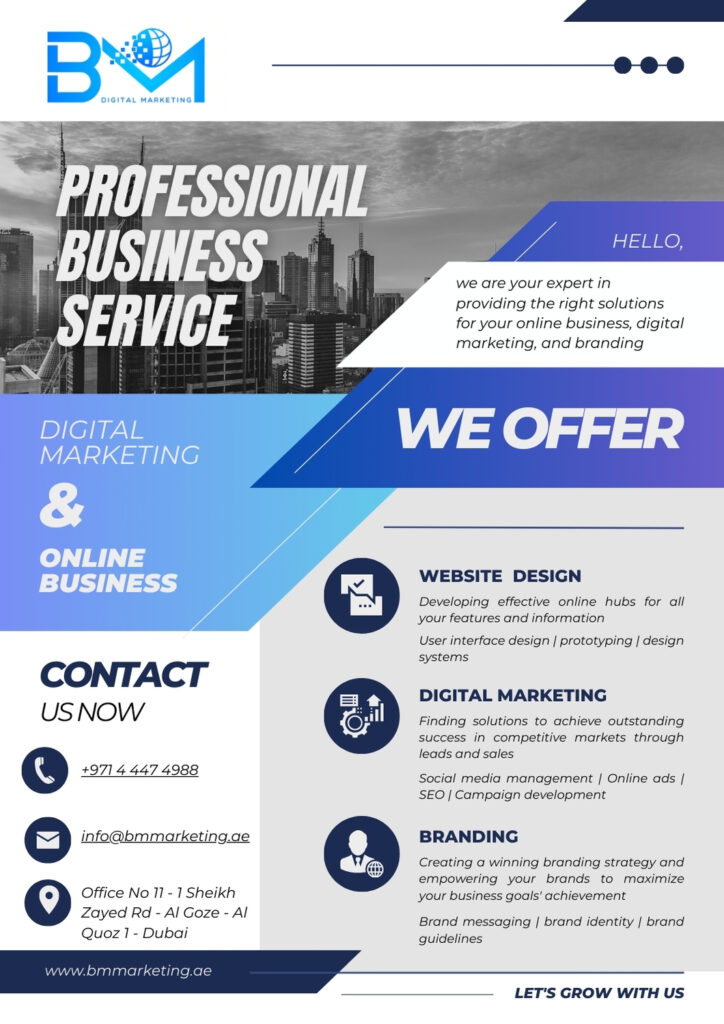In today’s digital age, having a responsive website is crucial for any business or individual. Whether you’re a dynamic web developer in Dubai or a small business owner, ensuring your website adapts seamlessly to different devices and screen sizes is essential. In this comprehensive guide, we’ll explore the world of responsive web design using ASP.NET and provide practical tips for creating a user-friendly online presence.

Introduction: The Importance of Responsive Web Design
Before we dive into the technical details, let’s understand why responsive web design matters:
- User Experience (UX): A responsive website ensures that visitors have a consistent and enjoyable experience across devices—whether they’re browsing on a desktop, tablet, or smartphone.
- SEO Benefits: Search engines favor mobile-friendly websites. By optimizing your site for responsiveness, you improve your chances of ranking higher in search engine results pages (SERPs).
- Increased Conversions: Users are more likely to engage with a website that looks great and functions well on their chosen device. A responsive design can lead to higher conversion rates.
ASP.NET and Responsive Web Design
ASP.NET, a powerful framework for building dynamic web applications, provides several tools and techniques for achieving responsive designs:
- Bootstrap: Leverage the Bootstrap framework to create responsive layouts effortlessly. Bootstrap offers a grid system, responsive utilities, and pre-styled components.
- Media Queries: Use CSS media queries to apply different styles based on the user’s screen size. Define breakpoints and adjust your design accordingly.
- Viewport Meta Tag: Include the viewport meta tag in your HTML to control how the browser renders your page on various devices. Set the initial scale, width, and other parameters.
Steps to Create a Responsive ASP.NET Website
Follow these steps to build a responsive website using ASP.NET:
- Choose a Responsive Theme: Start with a responsive theme or template. Many themes are compatible with ASP.NET and provide a solid foundation for your design.
- Design Your Layout: Use Bootstrap’s grid system to create a flexible layout. Divide your content into rows and columns, adjusting their widths as needed.
- Implement Media Queries: Write CSS rules within media queries to handle different screen sizes. For example:
@media (max-width: 768px) { /* Styles for small screens */ } - Test on Various Devices: Regularly test your website on different devices—desktops, tablets, and smartphones. Ensure that elements resize correctly and maintain readability.
Case Study: Dynamic Web Developers in Dubai
Dubai boasts a thriving tech scene, and dynamic web developers play a crucial role in shaping the city’s digital landscape. Here are some reputable web development agencies in Dubai:
- BM Digital Marketing: Known for creating dynamic websites, Internetever offers bespoke solutions tailored to clients’ needs.
- MCC Marketing: This agency specializes in custom software and web applications. Their dynamic websites empower businesses to stay agile and responsive.
- TlJ N: A web development company in Dubai, Mighty Warner builds responsive websites that generate leads. Their expertise ensures a seamless user experience.
Conclusion
In the ever-evolving world of web development, responsiveness is non-negotiable. As a dynamic web designer in Dubai, embrace ASP.NET’s tools, stay updated on best practices, and create websites that adapt gracefully to every screen size. Remember, a responsive website isn’t just about aesthetics—it’s about delivering value to your users.

